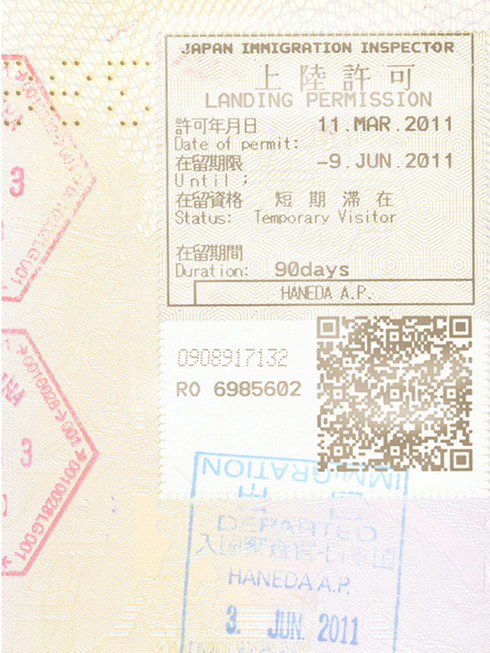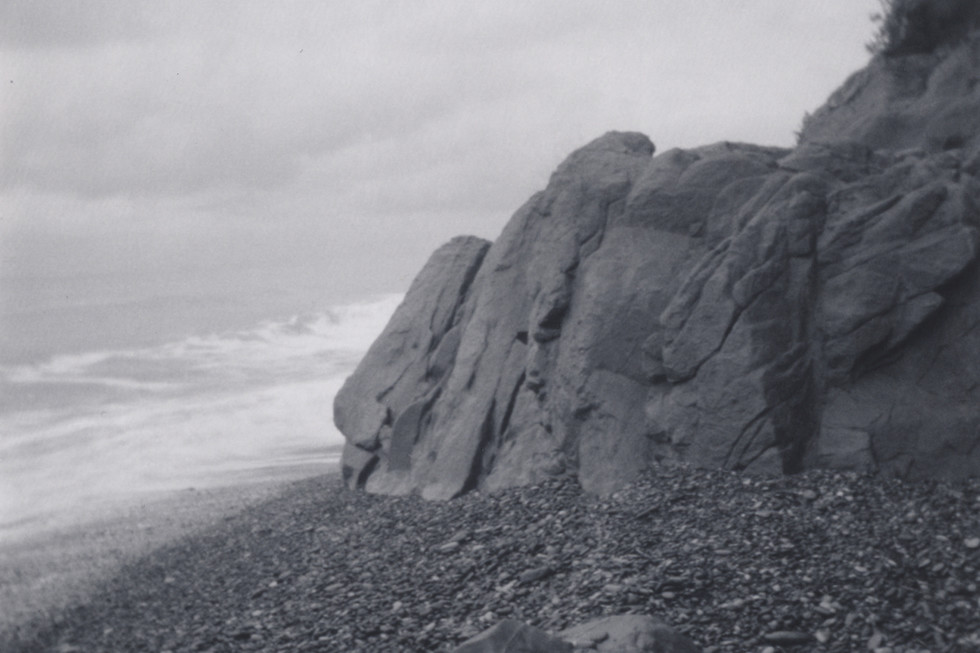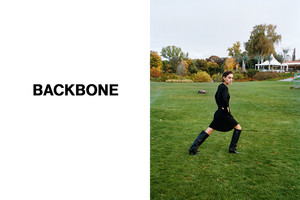One Year Later
Written by Jörgen AxelvallAfter 15 years in NYC I made my move to Tokyo
On March 11 2011, at 2.46 pm I was landing at Narita Airport
Or trying to land that is
The now infamous Tohoku Earthquake struck at the exact same time
The landing turned into what they call a “touch and go”
And without a word from the crew we set course for Nagoya
I knew this from looking at the flight map on the display in front of me
After 20 minutes the captain announced that there had been an earthquake
All major Tokyo area airports were closed
And Nagoya Airport was already getting congested
from diverted traffic
Maybe Osaka, with Japan’s second largest airport, the captain said
I had some selfish little thoughts,
not aware of the devastation on the ground
I worried about having to move around
with my filled-to-the-brim bags
Another 20 minutes and the captain told us we were going to Yokosuka Military Base
This is close to Tokyo and close to where we where at the moment
The captain explained honestly and sincerely
Coming from NYC we simple don’t have enough fuel to keep circling
Or to make it all the way to Osaka for that matter
Then, a flawless landing with calm and relieved passengers
Military Bases don’t want to deal with civilians so we all had to remain in the plane
And wait for refueling and some airport that could accommodate us
During our four hour wait the single landing strip started to fill up
Big planes from all over the world
We got reports of the magnitude and the tsunami that followed
And we started to worry about our loved ones on the outside
Mobile phones were shared and passed around
The network was unfortunately not working very well
After what felt like a very long wait,
the neighboring big planes started to depart
One by one, all heading to Osaka
Being first one in, meant being last one out, since we where cornered
Shortly before our turn came, Haneda,
Tokyo’s second largest airport reopened
We made the 25-minute flight there
Got off the plane, through immigration and claimed our bags
I started smoking again
Tokyo’s infrastructure was closed down
No trains no subways no highways
Camped out on the floor watching the news
It was a long night
Got fed delicious fresh rice balls when daylight came around
Got hold of my boyfriend who had been in a train when the earthquake struck
He had walked the tracks to nearest station and spent the night there
Been reading magazines in a convenience store
He was on his way to meet me
About 30 hours after scheduled landing time we finally embraced
And then things started to move little by little
Together we got on the bus and made it to our place of rest
To the Nakameguro neighborhood where we have been living since
This is my personal story with a happy ending
For many more there was no happy ending
I didn’t lose anything, just gained an experience
My thoughts and love go to those who had real losses
As we all know there was, and is, a serious aftermath
The Fukushima nuclear power plant
I will talk about that some other time






















